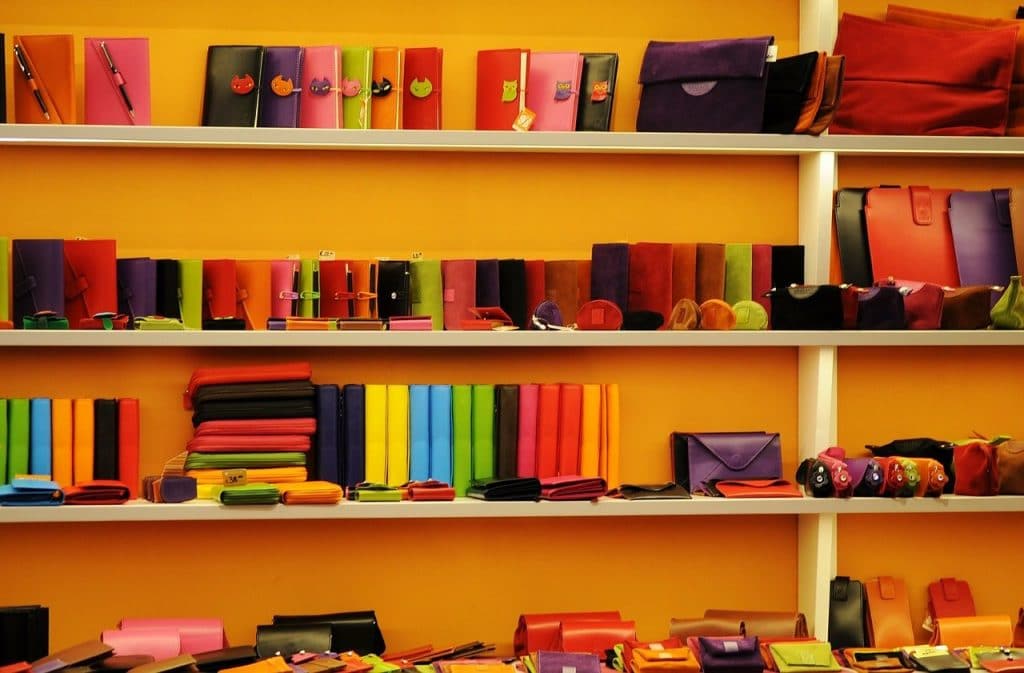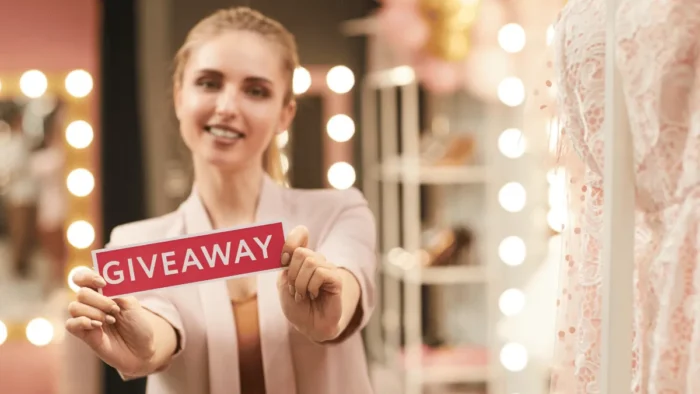Visual merchandising is a large ingredient in the magic and success of retail trading. In its simplest form, visual merchandising appeals to our sense of aesthetics in order to more successfully market and sell products. There are many ways to achieve this effect for your business – below is a breakdown of a few of the more important and common techniques employed by visual merchandisers.
Make A Stand
Direct customer attention where you need it most with a display or stand designed to highlight important content. If your store is promoting an important sale or is updating essential services, highly-visible brochure stands to help your information stand out against other products, while providing a convenient and easy way to store easy-buried papers and brochures.
A Grand Entrance
The entrance to your commercial premise is often the first point of contact and visual reference that a new customer will have with your business. It is important that you take the time and energy necessary to create an entrance which is welcoming, memorable, and encourages potential clients to embark on a ‘journey’ in your store.
The store entrance may be comprised of a large sign, marquee or awning which denotes the name of the store and other immediately important information (contact details, opening hours). Beyond that, a shop front window may display the most visually compelling or promotable content. These positions are very visible and representative emblems of your store. It may be worth employing the services of an experienced visual merchandiser or signwriter to create the aesthetic you need.
If you’re confident enough to create these displays yourself, consider some basics of artistic composition. Group colors in harmonizing hues together, while using contrasting pops of color for emphasis. Focus on creating a few clear vignettes, rather than on complicated clutter.
Light Show
The importance of lighting in visual merchandising cannot be understated. Creating a visual and aesthetic mood with lighting not only affects the state of mind of your customer, it can also radically alter the appearance of your products in ways which can make them seem more desirable.
Some basic knowledge of lighting theory will come in handy when trying to visually curate your store. Some key factors to consider are the luminance (brightness) of the light, the visual ‘temperature’ of the light, and the direction and focus of the light. The products in your premises and their placement will also influence your choices to some extent; electronics and technology may suit cooler, brighter fluorescent lighting, while a bookshop might require the low-key warmth of tungsten bulbs in individual fittings.
Mannequin Life
If you’re presenting clothing for sale, you’re more than likely to be using a mannequin to display it ‘in situ’. Your choice of the mannequin, and how it’s posed and styled can say as much about your store as the clothing it wears.
Mannequins have been shown to influence the choices of consumers in both positive and negative ways by providing visual clarity to an overall look. To many consumers, a mannequin represents ease and ideal; so it’s important to consider the type of mannequin you are using to construct this message. An overly complex or unrealistically rendered mannequin (with exaggerated, cartoon-like features) can visually distract your message and can overwhelm the simple clarity of purpose a mannequin is initially intended for.
Creating an interesting and enticing visual environment will not only make your store more alluring to customers, it will also make it a more enjoyable environment for any employees. A well spaced, pleasingly curated store will also create a sense of narrative for your customers from the moment they walk in until they exit the store.





